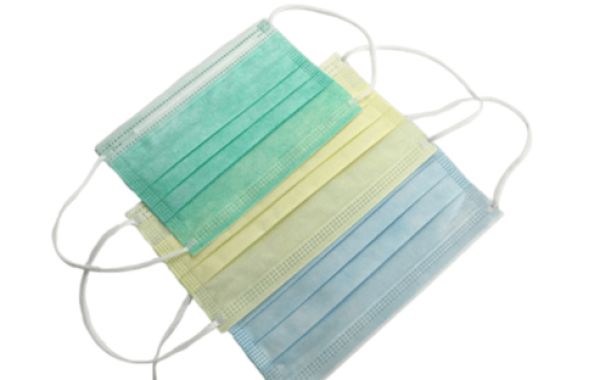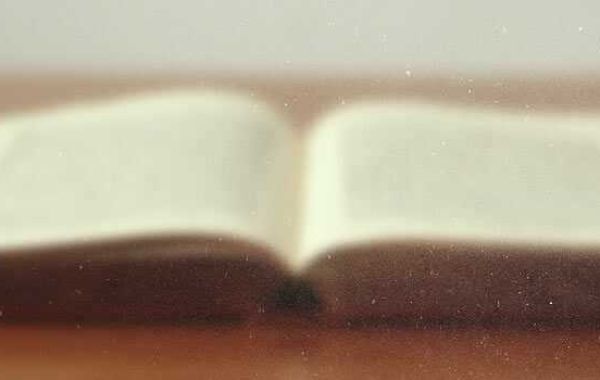The filter in the mask refers to a meltblown non-woven fabric.
Melt-blown non-woven fabrics are mainly used to filter micron particles such as dust, microorganisms, and smog. They are randomly distributed and bonded together by polypropylene ultra-fine fibers. The appearance is white, smooth and soft. The material fiber fineness is 0.3-7.0 microns. The random distribution of fibers provides more opportunities for thermal bonding between fibers, so that the melt blown gas filter material has a larger specific surface area and a higher porosity (≥75%). After high-voltage electret electrostatic treatment, it has the characteristics of low resistance, high efficiency and high dust capacity.
The unique dense fine-denier fiber structure of the meltblown non-woven fabric increases the number and surface area of the fiber per unit area, and the voids are extremely fine. This physical structure has a filtering effect of about 30%. Also through high-voltage electret electrostatic treatment, the fiber negatively has electrostatic adsorption capacity, and the filtering effect can be increased to more than 80%, so it has good air filtration.
For masks, it does not have a melt-blown non-woven fabric interlayer or an SMS structure to effectively filter particulates. Generally speaking, the gram weight of the melt-blown non-woven fabric is more than 20 g/m² to have a better filtering effect.

Different standards of filtering are as follows:
What is BFE (bacterial filtration efficiency)? What function does it reflect?
BFE (Bacteria Filtration Efficiency) refers to the barrier effect of mask materials on the bacteria produced by the wearer. It is mainly used for medical surgical masks and disposable medical masks. Such products may be marked BFE on the packaging. .
Disposable medical masks and medical surgical masks are mostly used to block droplets of bacteria exhaled or sprayed from the wearer’s nose and mouth to protect the environment and the surrounding population. The most typical application is to allow people who may have respiratory infections or diagnosed patients (such as Tuberculosis, flu, etc.) wearing disposable medical masks can help reduce the pollution of the environment and infect others by the droplets of pathogenic bacteria or viruses exhaled by patients; and doctors must wear medical surgical masks during surgical operations, so that Surgical wounds will not be infected by the bacteria-carrying droplets expelled by the doctor's words and breathing, so the doctor does this to protect the patient.

Do you need to purchase any masks?
Wellmien provides globally medical care and food processing facilities with products including face masks, gowns, coveralls, aprons, bouffant caps, shoe covers, sleeve covers, under pads, disposable gloves, wound-care products, first-aid products and surgical packs etc. Our products are best sold to worldwide markets and widely applied to different settings such as hospitals, care centers, wholesalers, government agencies or institutes, food industries and households, etc. If you have any needs, please do not hesitate to contact us!








